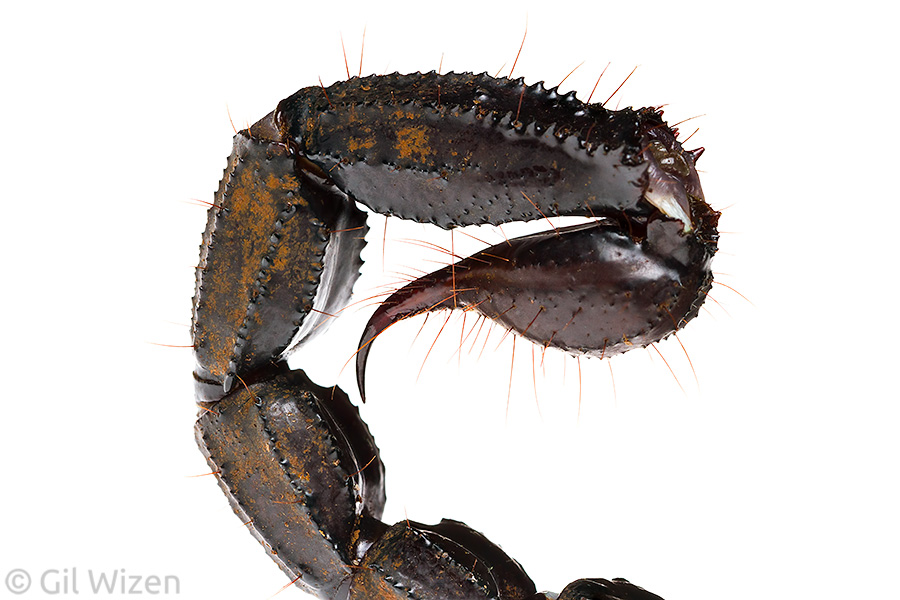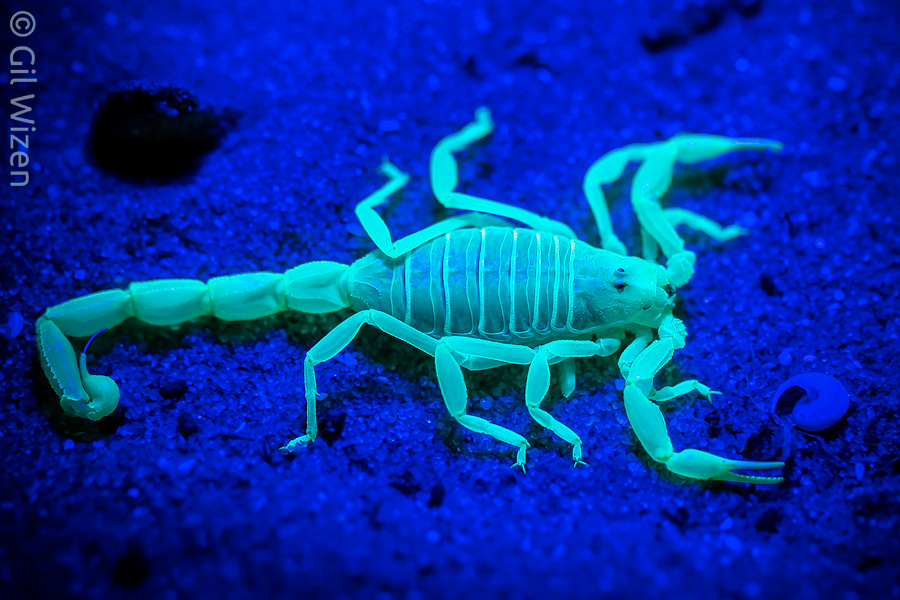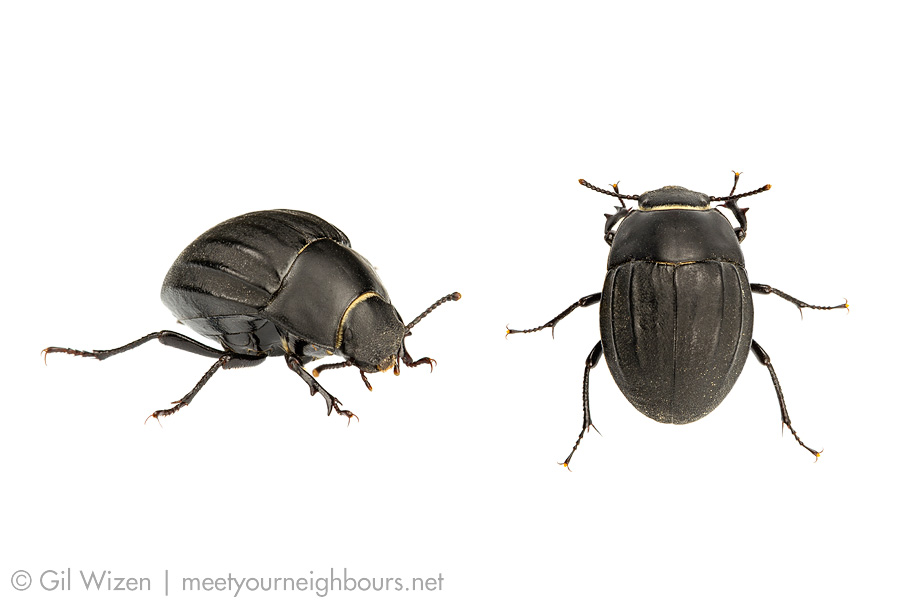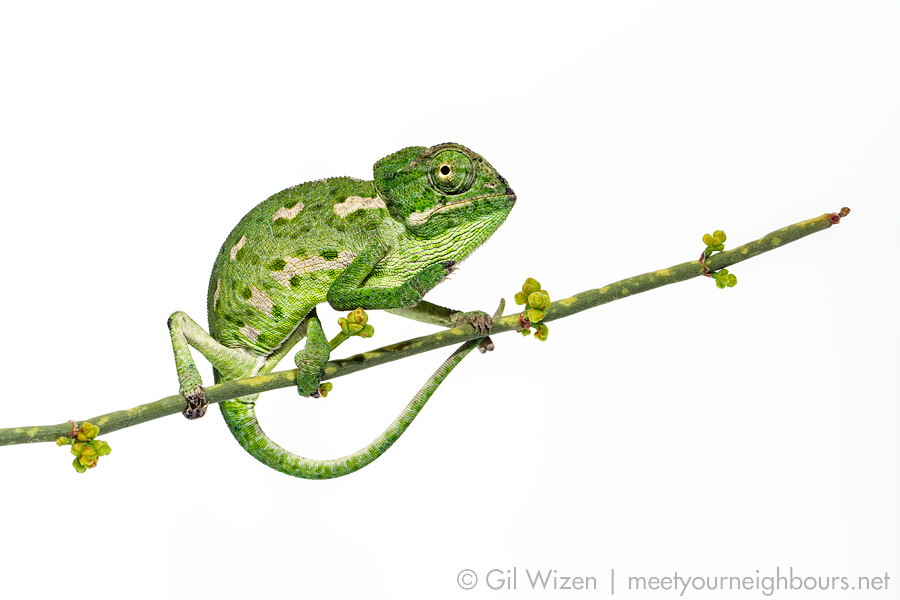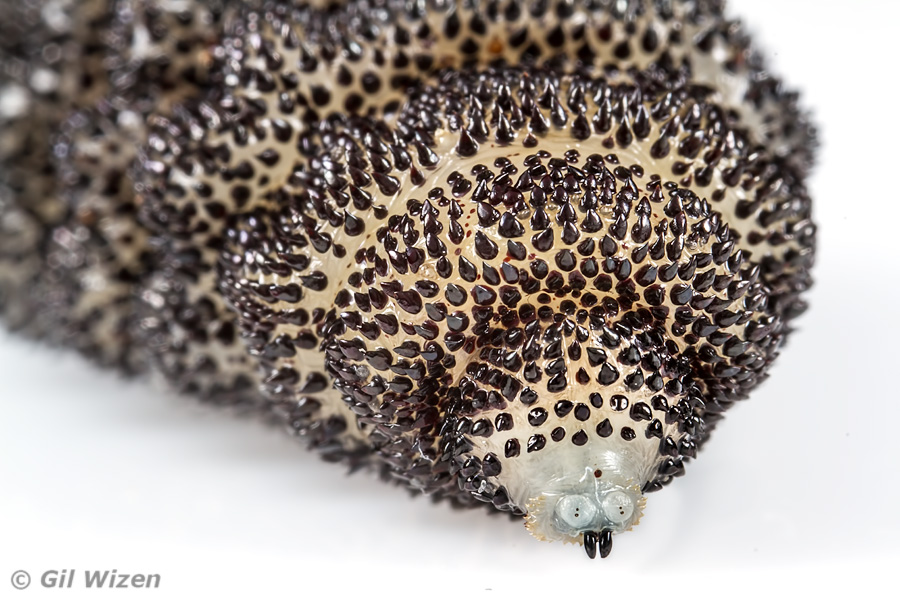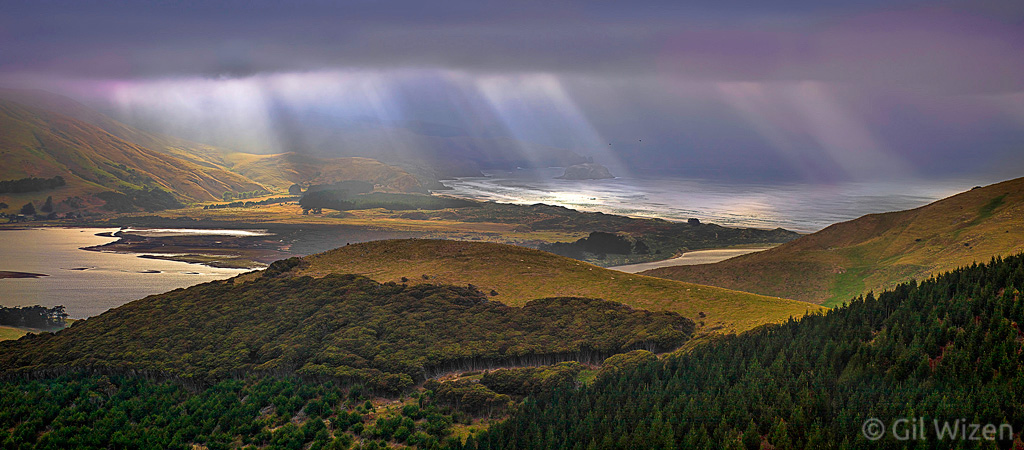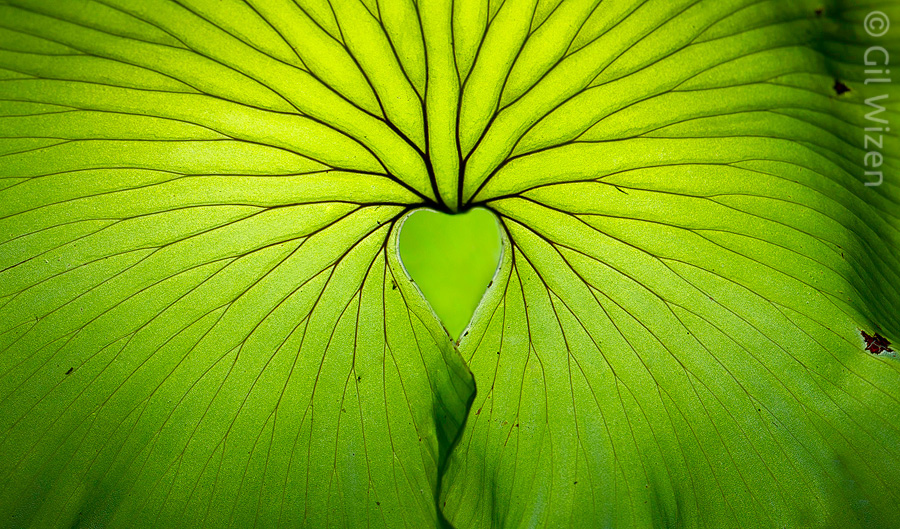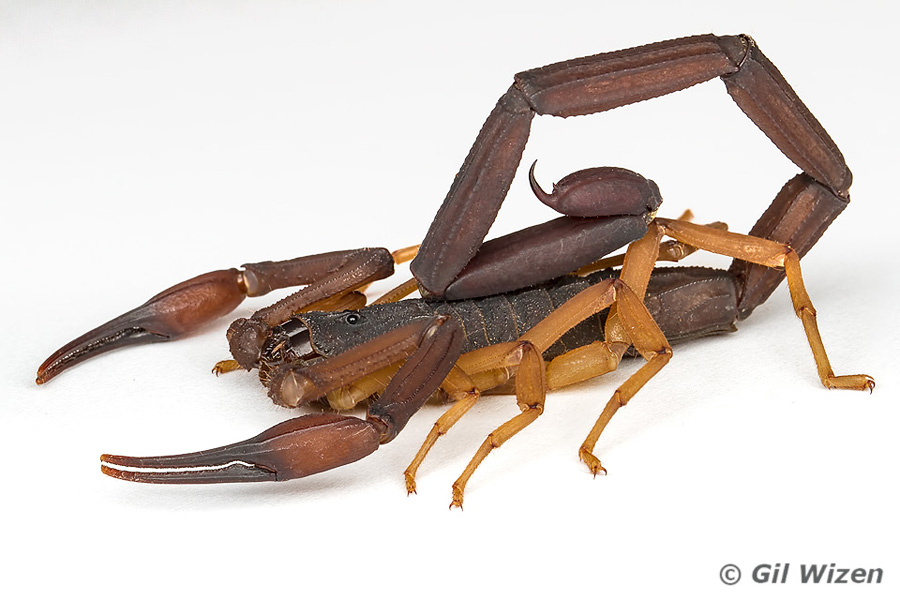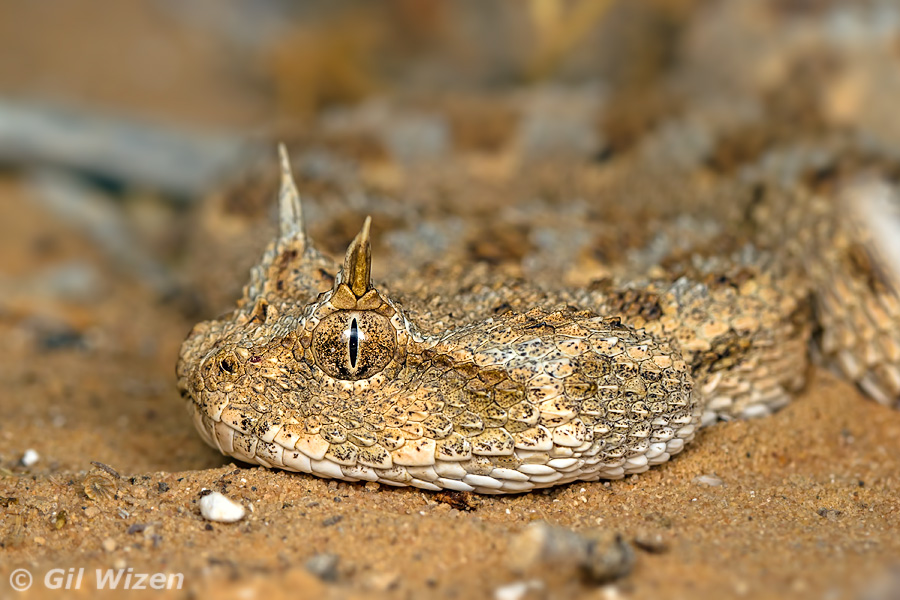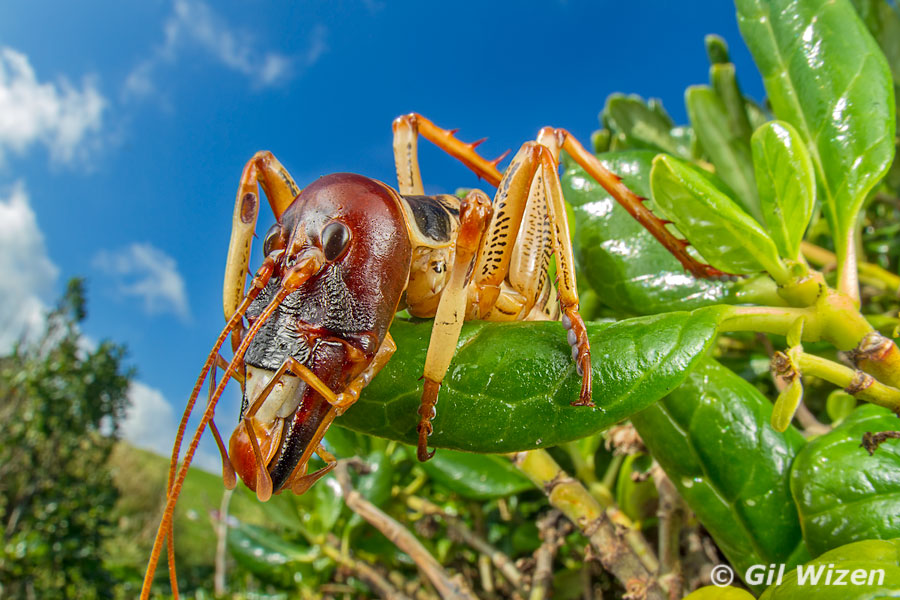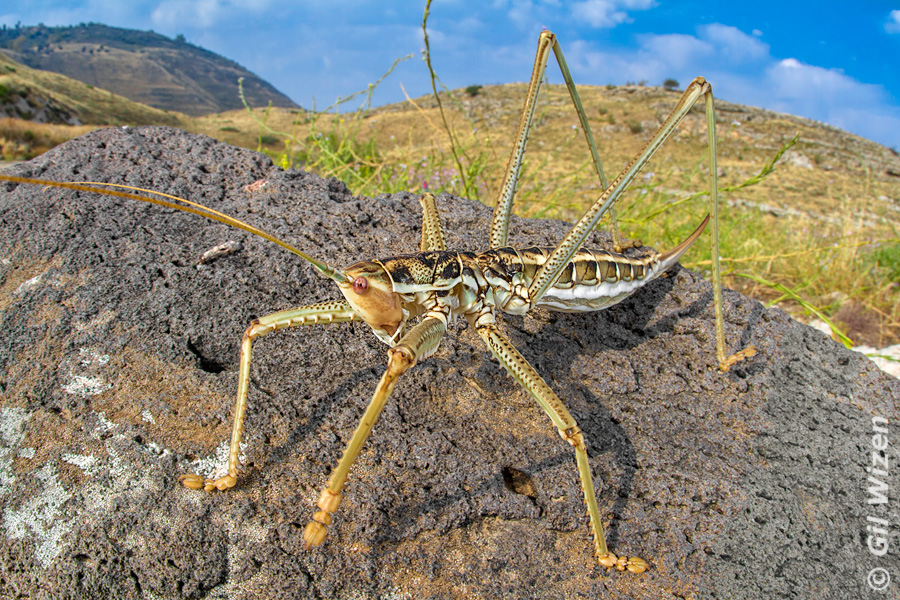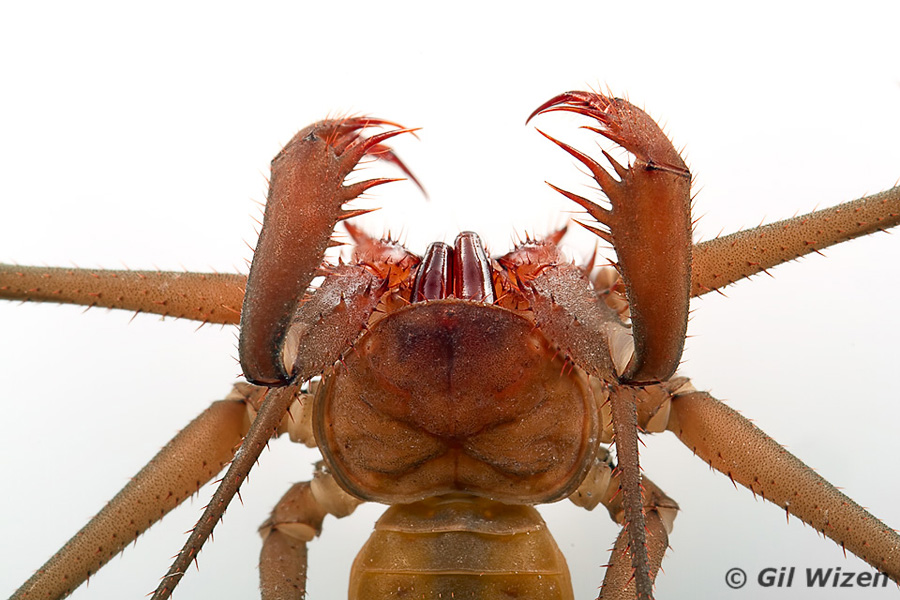Debunking Misconceptions: Scorpions
For the past five months I have been working at the Royal Ontario Museum’s “Spiders: Fear & Fascination” exhibition as a full-time spider wrangler, taking care of the live spiders and scorpions, as well as performing live venom extractions. One of the most common interactions I have at the museum are with people looking to confirm certain misconceptions about venomous arachnids. There is a lot of information available out there, and I understand it can be overwhelming and confusing. The sad truth is that a lot of it is also incorrect. So I thought I should add my voice to the mix, maybe it will help someone who comes across my blog.
First off, nature does not fall neatly into boxes. This is something I emphasize a lot on this blog. It is in our own habit to look for consistency in the world around us, in order to establish some rules that nature follows. Maybe we do it in hopes of controlling and predicting certain happenings in order to live a stress-free life. However, in reality nature has its own laws and does not bend to our desires. The same goes for lumping venomous animals as a group. The search for consistency has led people to come up with guidelines for recognizing venomous animals. The problem is that in nature there is a great deal of deception. On one hand harmless animals try to pass as dangerous ones, and on the other hand medically significant animals may look harmless. It is hard to put all the animals possessing potent venom under the same umbrella, grouped by a single or a couple of characters. They are very different, each species is unique. Are you familiar with the rhyme for distinguishing true coral snakes from their mimics in the US? Take that rhyme across the border to Latin America and it becomes useless. That is because nature does not follow our rules. Let’s demonstrate this with some of the misconceptions surrounding scorpions.
Misconception #1: Is it poisonous?
Let’s start from the beginning. Poison consists of one or more toxins that can do harm when ingested or absorbed through tissue. As far as we know, there are no poisonous scorpions in existence. You can eat scorpions without worries, if that is your thing… However, people who present this question often mean to ask whether scorpions are venomous. Venom, as opposed to poison, is a chemical cocktail that is injected through the tissue into the bloodstream by a needle-like apparatus (stinger, fang, or spine). All scorpions are venomous. It is one of the defining features of the entire arachnid order Scorpiones (along with possessing a pair of grasping pedipalps called chelae or pincers, as well as a tail bearing a stinger). The venom potency is ranked using a unit called LD50 (abbreviation of “Lethal Dose 50%”), which indicates the amount of venom required for killing 50% of the population. The lower the LD50 value, the stronger the venom. In this post I will not discuss LD50 values, I will briefly mention potency as a qualitative character only.

Black fat–tailed scorpion (Androctonus bicolor) from Israel. This genus is very diverse and contains many highly venomous species, as well as some with mild venom.
Misconception #2: Small scorpions are more dangerous than big ones
This misconception is largely false, and can be broken into two parts. First, size has no bearings on how potent a certain species of scorpion can be. There are small species of scorpions that can be dangerous (mostly members of family Buthidae) as well as large sized species with the same level of potency if not higher (Buthidae again in this case). But we can even take this further and discuss size difference within the same species. In a species with potent venom, smaller sized juveniles carry the exact same venom as adults and have the same level of potency, and can still be dangerous. The smaller size usually means that they can only inject a smaller amount of venom when provoked, and they may not even be able to pierce our skin while stinging. It does not mean that we should carelessly start handling baby scorpions, but their potential for causing harm is lower.

This small scorpion (Compsobuthus schmiedeknechti) from Israel is considered harmless and yet it packs quite a punch when it comes to stings. I have had the misfortune of spending four hours with a numb hand after being tagged by this species.
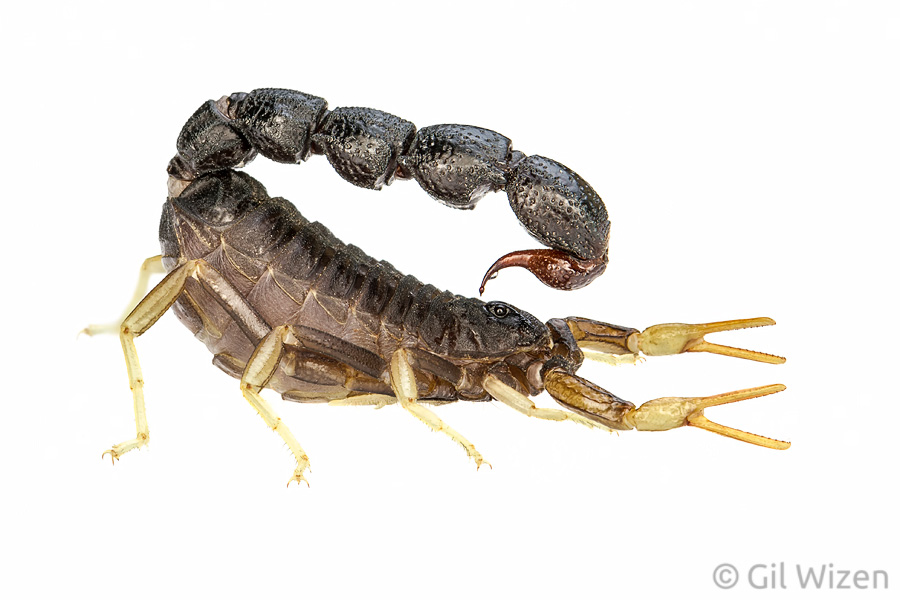
Israel pillar tail scorpion (Orthochirus scrobiculosus negebensis) is another small-sized, non-dangerous species. Its sting is often compared to being struck with red hot steel, but otherwise it does not cause any clinical complications.
Misconception #3: Yellow scorpions are more venomous than black ones
As much as it would be cool to have scorpions color coded to their venom potency, this is rarely the case. There are yellow scorpions possessing deadly venom as well as ones with extremely weak venom, and the same goes for black scorpion species. It can be extremely difficult to identify scorpions to the species level based on their color alone. This is one of those cases where you need to be familiar with the species, or enlist the assistance of an expert to properly identify the scorpion. One variation of the misconception also makes a mention of red scorpions having the intermediate level of venom potency between the aforementioned ones. Red scorpions? Very few of them out there.
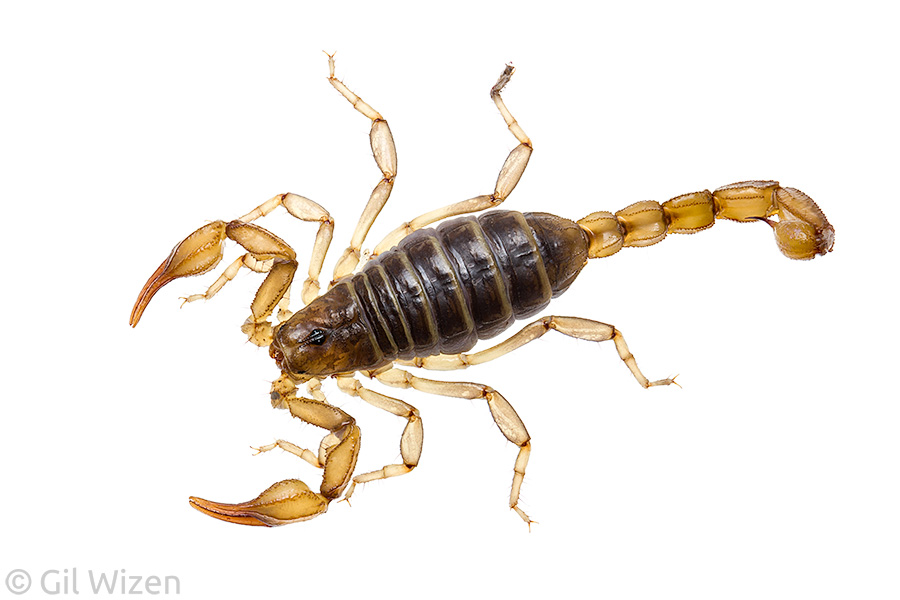
Canada’s only native scorpion is the northern scorpion (Paruroctonus boreus). This species lives under rock boulders and in underground burrows, and is considered harmless.
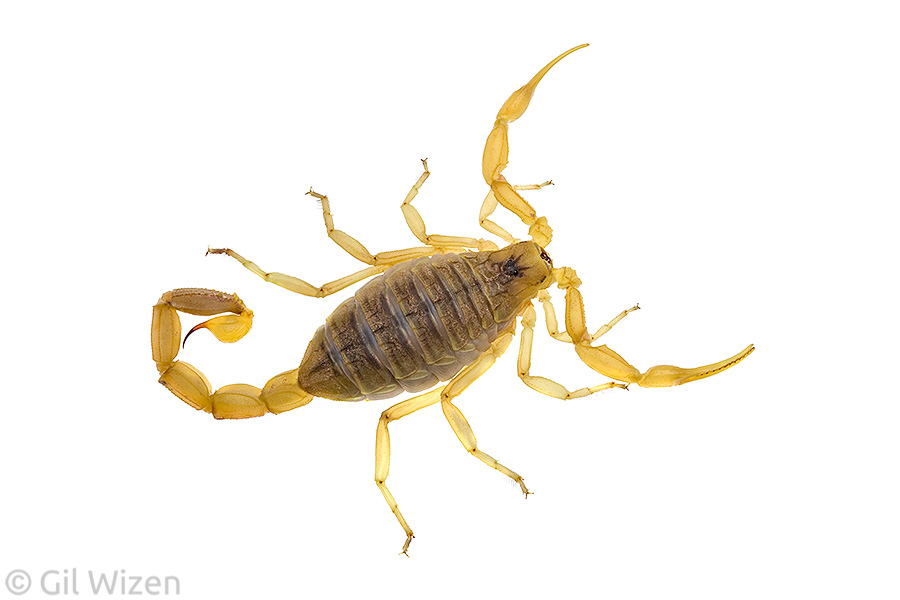
The deathstalker scorpion (Leiurus hebraeus) from North Africa and the Middle East is one of the deadliest scorpion species in the world, carrying a strong neurotoxic venom that can cause acute allergic reactions, paralysis, and even death. It does not help that it is also extremely common throughout its distribution range.

The Israeli scorpion (Buthus israelis) shares its habitat with the deathstalker scorpion, and may benefit from bearing a strong resemblance to it, however it is a harmless species.
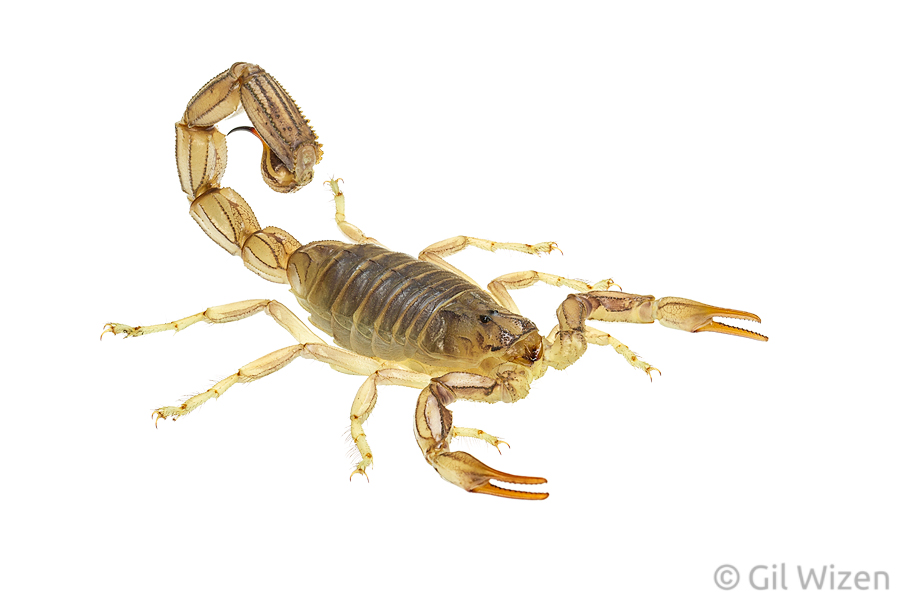
The yellow fat-tailed scorpion (Androctonus amoreuxi) is a sand dunes-inhabiting species from Israel. Even though it belongs to the “hot” genus Androctonus, its venom is mild and it is not considered dangerous.
Misconception #4: A small venom gland indicates more potency compared to a large venom gland
The twisted logic behind this misconception is that a small gland contains less venom, therefore it must be very strong the achieve the desired effect of subduing prey. However, the size of the venom gland has nothing to do with what is stored inside. Venom is highly complex and packed with many chemical compounds, that a single droplet is usually enough to cause some damage. Potent species show a great variety of venom gland sizes and shapes and unfortunately they do not fall under a single group. Genus Androctonus contains many highly venomous species that are characterized by a thick tail and a small venom gland, however there are far deadlier species that posses venom glands that follow the same thickness as the preceding tail segments.

Tail and stinger of the black fat–tailed scorpion (Androctonus bicolor) showing the small venom gland. This species has strong venom.

Tail and stinger of the deathstalker scorpion (Leiurus hebraeus) showing the large venom gland. This species has even stronger venom than the fat-tail scorpion in the previous photo.
Misconception #5: A thick tail indicates more potency compared to a thinner tail
Like above, this one is also very inconsistent. Usually a thin tail indicates that the scorpion’s main weapon is its pincers (this is definitely the case for burrowing species), however there are exceptions. Family Buthidae contains extremely venomous species with thick tails but also many dangerous species with thin appendages.

Arabian fat–tailed scorpion (Androctonus crassicauda), with thick tail and pincers. This is a medically significant species with potent venom.
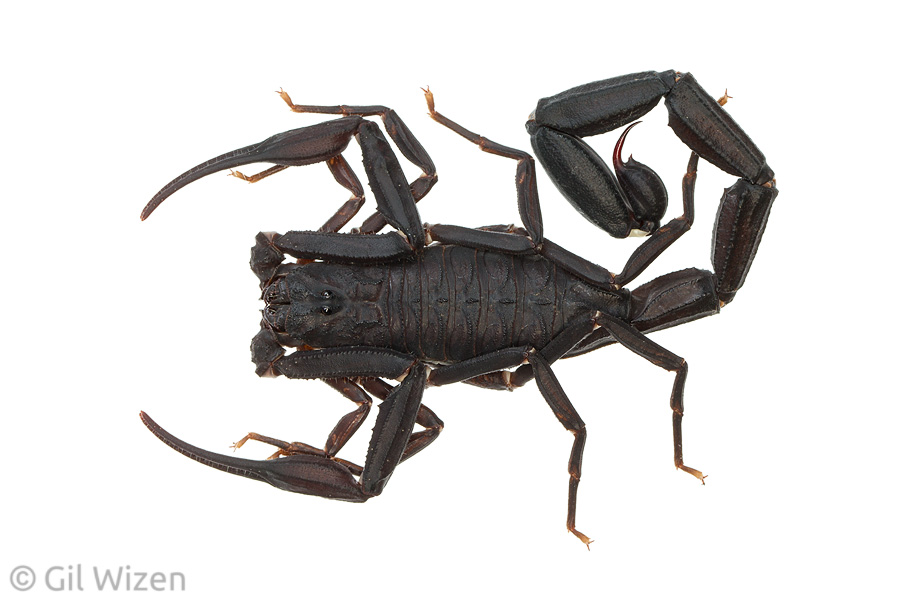
Ecuadorian black scorpion (Tityus asthenes), with thin tail and pincers. And yes, you guessed it – this is a medically significant species with potent venom.
Misconception #6: Thick pincers indicate weaker venom compared to thin pincers
This one is usually correct. As mentioned in the previous misconception, a scorpion with thick and stubby chelae relies more on force to kill its prey rather than venom. This is true for many underground species hunting from their burrow. However, there are few exceptions. Some members of family Buthidae have thick pincers and carry a strong neurotoxic venom that can be harmful and sometimes even lethal to humans. Another example are some members of family Diplocentridae, underground scorpions with impressive thick pincers. Their venom contains compounds that can cause necrosis, the death and rotting of tissue. This is usually not lethal, but should not be overlooked either because the risk of losing the tissue or organ is there.

Jericho scorpion (Nebo hierichonticus), an underground diplocentrid species with a thin tail and thick pincers. And yet its venom can cause necrosis of the tissue, which can lead to clinical complications.
Misconception #7: Scorpions will always use their stinger first in defence
Scorpions possess a stinger and venom primarily for the purpose of subduing prey. Their venom is not really intended for us and because it is precious for the scorpion, it prefers not to waste it. However, if cornered with no chance to flee, the scorpion will not hesitate to use its stinger to push back the aggressor and to clear a path of escape. Because venom is scarce, many scorpions will first try to flee or use their chelae in defence. While a sting can be painful, never underestimate a scorpion’s pinch. Even species with thin pincers can surprise with the sheer force they use to grab. After all, this organ evolved just for that purpose – grabbing, holding, and pulling. Scorpions hold on tight to whatever they caught, usually a prey or mate, but also aggressors like humans, in a “tear your flesh right off your body” kind of grip. You can easily get bruised or even cause a wound to open if you try to fight the scorpion’s grip and pull back.
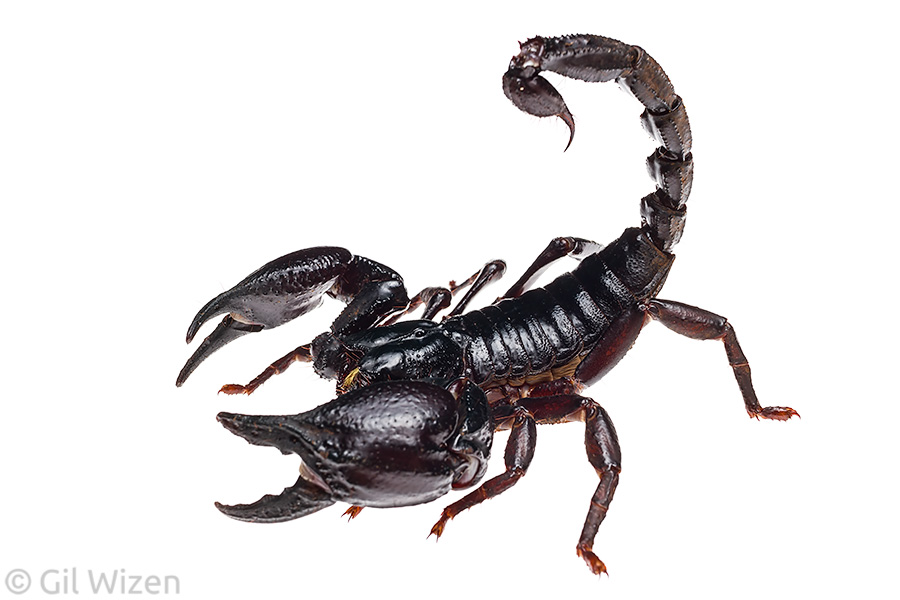
Asian forest scorpion (Heterometrus silenus). Just by looking at this tank you can tell that it is not about the venom. It is all about physical strength. This species is harmless, but oh boy they can pinch HARD!
Misconception #8: Scorpions sting themselves when in danger
Many people still believe this misconception for some reason, so it gets an honorable mention on this list. Scorpions do not commit suicide. Interestingly, scorpions are not immune to their own venom, and they definitely take advantage of that – an encounter with a conspecific will often result in a struggle and cannibalism. However as mentioned above, when in danger most scorpions try to flee first. If that does not work they turn to defend themselves, and use their stinger as a last resort. An agitated scorpion will try to sting just about anything; scorpions do not see well and use their tail as a probe to find a suitable spot for stinging. Sensory hairs located close to the stinger provide the scorpion with information about the texture, softness, and identity of what it is about to sting. This defence response is often frantic, with rapid tail movements and failed stinging attempts. The scorpion arches its tail a lot in the process, and sometimes the stinger gets stuck in the substrate close to the scorpion’s body. From a certain point of view it may look like the scorpion is actively stinging itself but this could not be further from the truth. It is trying to sting everything but itself.
Bonus misconception: Scorpions use their UV fluorescence to warn predators
This one I heard from some of the museum visitors. First, we need to make a distinction between bioluminescence, UV color pattern, and UV fluorescence. Bioluminescence is the production and emission of light by an organism through a chemical reaction. It is an active process that is usually used for communication or attracting prey. Examples for bioluminescence can be seen in bacteria, fungi, and invertebrates. UV color patterns are visual signals that can be seen only in the ultraviolet spectral range. We cannot normally see them, and in order to do so we need to block all the visible light first and look through a special filter that allows only short wavelength light to pass through. Such color patterns can be found on flowers to attract and guide pollinators, but also on flying insects (like butterflies) in order to signal potential mates and competitors. Contrary to the previous terms, UV fluorescence is the emission of light by a substance that has absorbed ultraviolet light. In animals this means that different coloration or patterns become visible after exposure to UV light. It is a passive process that completely depends on a UV light source. In scorpions, almost all species are known to fluoresce due to a special characteristic of their exoskeleton, but the intensity of the emission varies widely and is faint in some species. The role that fluorescence plays in scorpions is largely unknown. Scorpions have poor vision and are not able to detect colors. Moreover, they are primarily nocturnal and avoid sunlight, which the main contributor of UV. Because of this, the scorpion fluorescence is not something that is visible under natural conditions. To the best of our knowledge, there are no predators that can emit UV light from their body while searching for prey (even though I must admit that it would be cool), so I think it is safe to say that scorpions do not use the fluorescence as a warning signal.
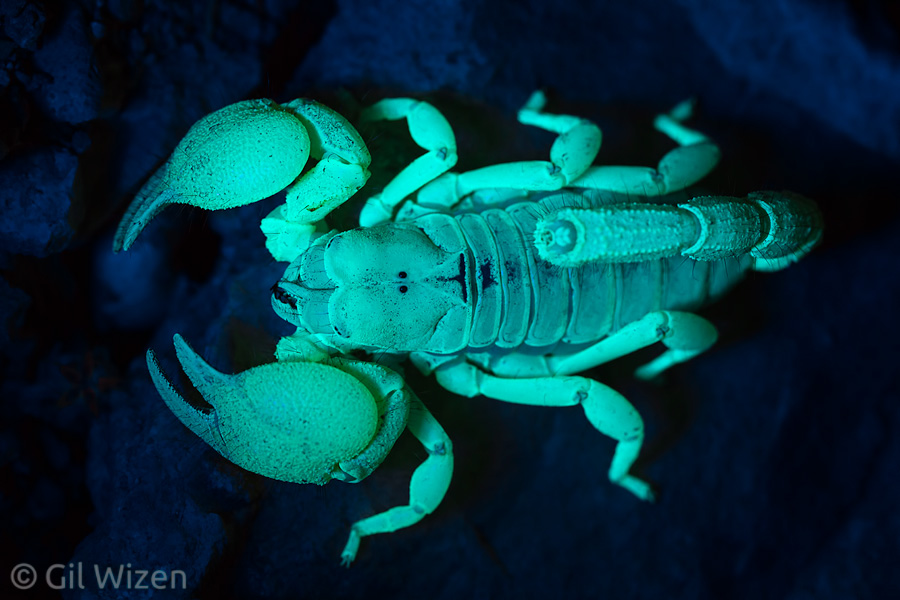
Israeli Gold scorpion (Scorpio palmatus) glowing under UV light. Of all scorpions, members of family Scorpionidae have the brightest fluorescence.

Bark scorpions (Tityus sp.) are a good example for species with a relatively faint fluorescence. Notice that the newborn babies on the female’s back glow even less. Their fluorescence will build up and brighten with age.
Scorpions are fascinating arachnids. I have always argued they are some of nature’s best designs when it come to survival. Equipped with the means to grab, hold onto, and subdue their prey, but still capable of becoming flat enough to squeeze into tight spaces to avoid predators. They also posses a body armour that makes them resilient and impenetrable to the elements (scorpions recover well after hours of being submerged in water). Not to mention that most scorpions can dig very well, proving to be excellent architects in their habitats by constructing underground shelters for their own use as well as other animals. And as for their venom, it contains many potentially useful compounds, some of which are being tested for use in medicine as well as pest control. Let’s try to appreciate and enjoy scorpions for the magnificent creatures they are, without falsely lumping them into groups based on superficial characters. They mean us no harm.

